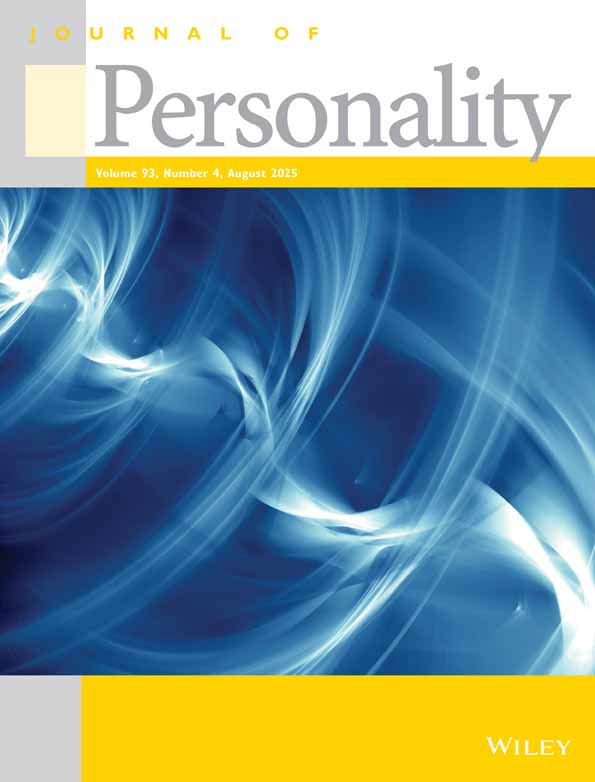From Sincerity to Authenticity: Adolescents' Views of the “True Self”
This research was partly supported by a grant from the Sturman Institute for Human Development, Psychology Department, Hebrew University of Jerusalem I would like to thank A Blasi and A Lieblich for valuable suggestions throughout this project
Abstract
ABSTRACT This study examined age-related trends in adolescents' view of sincerity and of honesty towards oneself Subjects were 84 high school students in grades 8 to 12 (age range 12-18) Semistructured interviews with preplanned probes were used and analyzed using content categories reflecting different emphases on disclosing “facts” versus internal events (for sincerity) and on recognizing conflicts with others versus recognizing internal divisions (for honesty towards oneself) Results indicate clear age trends on these two dimensions and a close association between them The age trends suggest that for the younger adolescent, being “genuine” consists mainly in disclosing facts that are in principle accessible to others For the older adolescent, being genuine more frequently implies recognizing and expressing one's “true” nature The findings are discussed both in light of recent research on the development of self-understanding and as challenging traditional paradigms of studying the self




